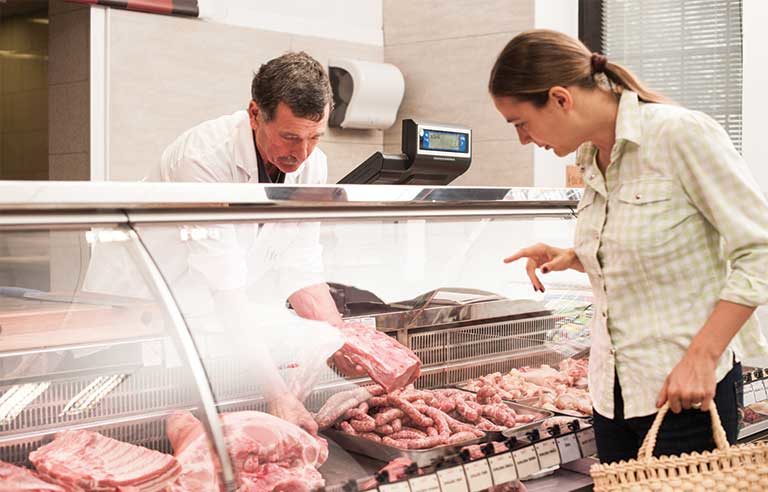Report details injuries, missed workdays in retail sector

New York — Retail employees injured on the job miss an average of 24 days of work as a result, according to recent report from AmTrust Financial Services Inc., an insurance provider for small businesses.
For the inaugural AmTrust Retail Risk Report, researchers looked at more than 20,000 workers’ compensation claims made by Amtrust’s retail clients that triggered loss payments from 2016 to 2018. The top three injuries with the highest average payout resulted from falls or slips from a ladder or scaffolding ($21,000), strain or repetitive motion ($14,000), and motor vehicle collisions with another vehicle ($13,900).
Workers in meat, fish and poultry markets had the greatest risk of injury among all retail groups, as they often use sharp knives and power saws. Rounding out the top four most hazardous retail jobs were hardware store employees; automobile parts and accessories not otherwise classified and drivers; and barbershop, beauty parlor or hairstyling salon workers, respectively.
“Analyzing three years of data gave us new insights into why people in retail miss work,” Matt Zender, senior vice president of workers’ compensation strategy at AmTrust, said in a Nov. 7 press release. “It reinforced our belief that training – in both operations and safety – is essential in the retail sector.”
The report provides eight best practices for employers to assess risks and educate workers on safe practices:
- Create and enforce proper footwear policies.
- Keep walking surfaces free of trip hazards and spills.
- Ensure stock is safely stored on shelves and stepladders are in good condition.
- Establish safe lifting guidelines and reinforce them with training and reminders.
- Provide mechanical aids for transporting stock, such as hand trucks, stocking carts, etc.
- Educate employees on security, robbery and shoplifting procedures.
- Make sure employees keep emergency exit paths clear.
- Keep lighting on pathways and exits maintained.
Post a comment to this article
Safety+Health welcomes comments that promote respectful dialogue. Please stay on topic. Comments that contain personal attacks, profanity or abusive language – or those aggressively promoting products or services – will be removed. We reserve the right to determine which comments violate our comment policy. (Anonymous comments are welcome; merely skip the “name” field in the comment box. An email address is required but will not be included with your comment.)

